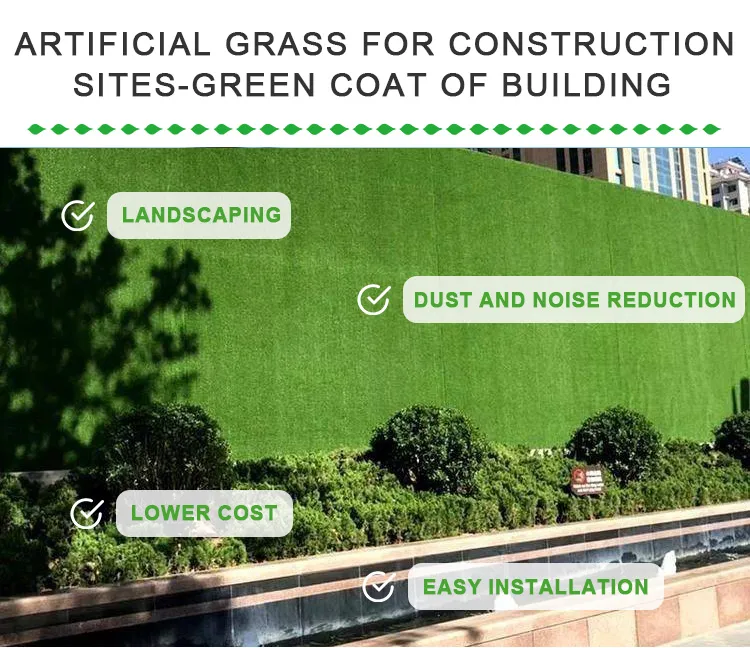
- Afrikaans
- Arabic
- Belarusian
- Bengali
- Czech
- Danish
- Dutch
- English
- Esperanto
- Estonian
- Finnish
- French
- German
- Greek
- Hindi
- Hungarian
- Icelandic
- Indonesian
- irish
- Italian
- Japanese
- kazakh
- Rwandese
- Korean
- Kyrgyz
- Lao
- Latin
- Latvian
- Malay
- Mongolian
- Myanmar
- Norwegian
- Persian
- Polish
- Portuguese
- Romanian
- Russian
- Serbian
- Spanish
- Swedish
- Tagalog
- Tajik
- Thai
- Turkish
- Turkmen
- Ukrainian
- Urdu
- Uighur
- Uzbek
- Vietnamese
synthetic play turf
Nov . 24, 2024 05:53 Back to list
The Rise of Synthetic Play Turf Revolutionizing Recreational Spaces
In recent years, synthetic play turf has emerged as a transformative solution for recreational spaces across the globe. From sports fields to playgrounds, this innovative material offers a multitude of benefits that have made it an increasingly popular choice for municipalities, schools, and sports organizations. This article delves into the advantages, applications, and future of synthetic play turf, highlighting why it has become a cornerstone of modern recreational infrastructure.
The Advantages of Synthetic Play Turf
One of the most significant benefits of synthetic play turf is its durability. Unlike natural grass, which requires constant maintenance, synthetic turf can withstand heavy foot traffic and adverse weather conditions without deteriorating. This durability translates into lower maintenance costs for facility managers and extends the life of the playing surface. Moreover, synthetic turf can be used year-round, providing a consistent playing area regardless of seasonal changes.
Another advantage is safety. Synthetic play turf is designed with shock-absorbing features that minimize the risk of injuries for players, both in sports contexts and on playgrounds. The material is also non-toxic and free from harmful chemicals, making it a safer option for children. Add to this the flexibility of its design, and synthetic turf can be installed in various configurations to suit different activities, from soccer to football and even multi-sport fields.
Environmental Considerations
While some critics raise concerns about the environmental impact of synthetic materials, advancements in technology have significantly mitigated these issues. Many modern synthetic turfs are made from recycled materials, reducing waste and the need for new resources. Additionally, synthetic turf does not require the extensive use of water, fertilizers, or pesticides that natural grass does, promoting conservation efforts, especially in arid regions. Thus, by choosing synthetic options, municipalities can support initiatives aimed at sustainability and environmental stewardship.
Applications Across Sectors
synthetic play turf

The versatility of synthetic play turf has led to its adoption across various sectors. In schools, for instance, installing synthetic turf on playgrounds and sports fields allows for more playtime, as the surfaces remain usable even during wet weather. Schools can enhance their sports programs while ensuring students have safe, reliable spaces to engage in physical activities.
Community parks and recreation areas have also embraced synthetic turf. By investing in these long-lasting surfaces, local governments can create vibrant, accessible spaces for families and children. This is particularly crucial in urban environments where natural green spaces may be limited.
Professional sports organizations are no strangers to synthetic play turf either. Many stadiums have made the switch to this innovative material, highlighting its ability to support high-performance sports without the maintenance demands of natural grass. Major leagues have recognized that synthetic surfaces can provide consistent playing conditions, which is crucial for the athletes’ performance and safety.
The Future of Synthetic Play Turf
As demand for synthetic play turf continues to grow, research and development in this field are expected to advance further. Innovations may include more environmentally friendly materials and improved drainage systems to minimize heat retention, making synthetic turf even more appealing. Additionally, as more organizations and communities understand the benefits, we can expect to see an increase in funding and support for synthetic turf projects.
Synthetic play turf is set to play a pivotal role in shaping the future of recreational infrastructure. By offering a safe, durable, and eco-friendly alternative to traditional grass, it stands as a testament to the possibilities of modern technology and design. Whether for a school, community park, or professional sports venue, synthetic play turf is more than just an alternative; it is a game-changing enhancement to how we think about and utilize our play spaces.
In conclusion, synthetic play turf represents a significant advancement in recreational design, providing versatile, sustainable, and safe environments for play and sport. As we move forward, the benefits of synthetic turf will continue to influence the development of outdoor spaces, ensuring that they meet the diverse needs of our communities.
-
The Benefits of Artificial Turf for Indoors
NewsJul.15,2025
-
How Artificial Grass Suppliers Ensure Quality Products
NewsJul.15,2025
-
Artificial Grass and Pets: A Space for Relaxation
NewsJul.08,2025
-
Balcony & Outdoor Decoration with Artificial Grass
NewsJul.08,2025
-
Best Indoor Artificial Grass for Home
NewsJul.07,2025
-
Best Pet Turf for Dogs: Safe & Durable Artificial Grass Options
NewsJul.07,2025
Products categories









